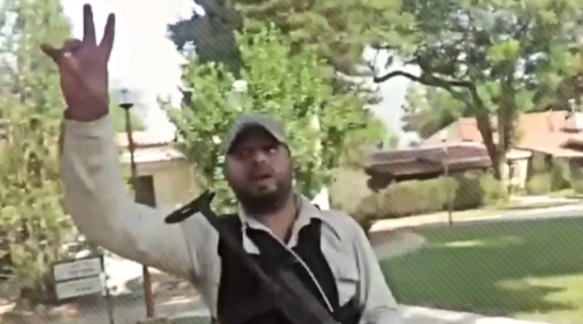A way-station for pilgrims ascending to the Temple in Jerusalem to celebrate the 3 major Jewish festivals, Givat Tittora was also where Scottish and Australians fought Turkish forces during WWI.
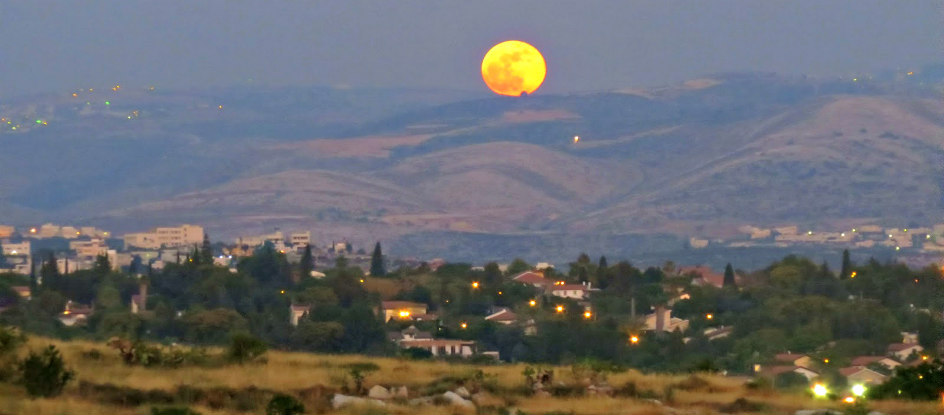
Givat Tittora (The hill of Tittora) is an integral part of the city of Modi’in and is located on the northern border of the city alongside road 443. More than any other city, Modi’in is associated with the celebration of Hannuka. At the start of the Hasmonean period (167 – 63 B.C.E.), it was home to a family headed by Mattathias and his five sons, Eleazer, John, Jonathan, Judah & Simeon. Their family name was Hasmonean and their title name Maccabeus.
In the year 167 B.C.E, the Seleucid king Antiochus 4, also known as Epiphanes (175-164 B.C.E) sat on the throne. He was a great supporter of Hellenism and sent emissaries to all parts of the country in order to impose Hellenistic culture on the populace. An emissary arrived in Modi’in and found a volunteer who was prepared to sacrifice a pig to Zeus. In response, Mattathias killed both the emissary as well as the volunteer before the sacrifice was carried out, thereby initiating the spark that ignited the Jewish revolt against Hellenization.
The Hasmoneans fought 8 battles against the Seleucids between 167-63 B.C.E. The most pertinent however was Battle number 4 at Bet Tsur, which lies to the north of Hebron. Judah Maccabeus defeats the Seleucids, allowing for the Temple to be cleansed and Hannuka to be celebrated for the first time on 25th of the Jewish calendar month of Kislev (165 B.C.E.)
The exact location of ancient Modi’in is still in dispute, but 4 proposals have been forwarded.
- Givat Tittora.
- Midya: an Arab village to the north of present day Modi’in.
- The area of Um el Umdan : a 2nd Temple period synagogue located on the southern edge of Modi’in.
- Others believe that ancient Modi’in was not restricted to a specific site, but was comprised of a collection of Hasmonean era villages that covered a large area.
All 4 suggested locations are similar in one respect, they are all close to the Ayalon valley. The valley was one of the ancient routes taken by travelers on their way to Jerusalem.
The Talmud mentions Modi’in as being a way-station for pilgrims ascending to the Temple in Jerusalem to celebrate the 3 major festivals of Pesach, Shavuot and Sukkot. In addition, the Talmud states that Modi’in was located 15 Roman miles from Jerusalem which translates to about 23 K.M. (as the crow flies). Bear in mind that 1 Roman mile is approximately 1.5 K.M.
Givat Tiittora houses many archaeological remains which includes a large columbarium (niches that house pigeons) and numerous cisterns. The size of the columbarium and number of cisterns support the hypothesis that the supplies exceeded the needs of the local community. It could therefore have been a commercial enterprise for supplying passing travelers and pilgrims. Pigeons were the cheapest sacrificial offerings available.
At the top of the hill sits the remains of a watch tower that gave the hill its name. Two interpretations have been forwarded with respect to the name. The first suggests that the watch tower was built by French Crusader knights who’s family name was Taranta.
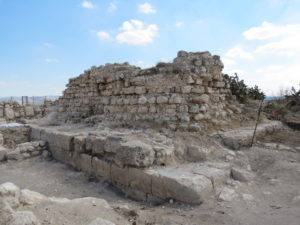
The second suggests that Arab villagers who lived on the site many hundreds of years after the Crusaders, thought the hill resembled the rim of a hat. They called the tower Kalaat-a-Tantura which means the fortress of the hat. The Israeli government renamed the site Givat Tittora.
Closer examination of the watch tower reveals that the rectangular stones at the base of the tower are from the Hasmonean period (167 – 63 B.C.E.) and the felt stones above date from the Crusader period. (1099-1291) An abundance of glass fragments from the Roman Period (63 B.C.E – 324 C.E.) are scattered throughout the site.

On one side of the tower is a moat which leads to underground passages. Within these passages a coin was found on which a relief profile of the Roman emperor Hadrian (117-138 C.E.) had been scratched out and supplanted with a message in ancient Hebrew that said “for the redemption of Jerusalem”. The coin tells us that participants in the Bar Kochba revolt (132-135 C.E.) against Rome resided here as well.
Other archaeological artifacts include a floor made up of tesserae, which are similar to mosaic pieces but have much more depth, & are typical of the Byzantine period (324-640).
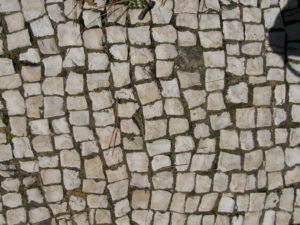
Remains of Turkish clay pipes from the Ottoman period (1516-1917) litter the site. To date no artifacts have been found from either the early Arab period (638-1099) or Mamluk period (1291-1516).
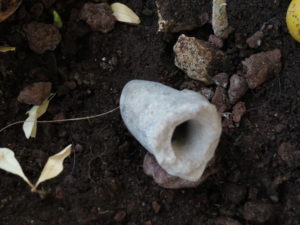
Remnants of ammunition from WW1 are strewn throughout the site & testify to the confrontation in which Scottish & Australian forces battled against Turkish forces.
It was home to an Arab village named el Burg that was deserted prior to the 1948 War of Independence. An abundance of bullet casings scattered throughout the site attest to the “battle of el Burg” that was fought between Israeli & Jordanian forces during the 1948 War of Independence which resulted in a Jewish victory.
____________________
Ron Traub is a certified Israeli tour guide and can be reached by email at rrdg
[Find this article interesting? You can find more in depth articles on Israel and the Middle East @en.mida.org.il]



